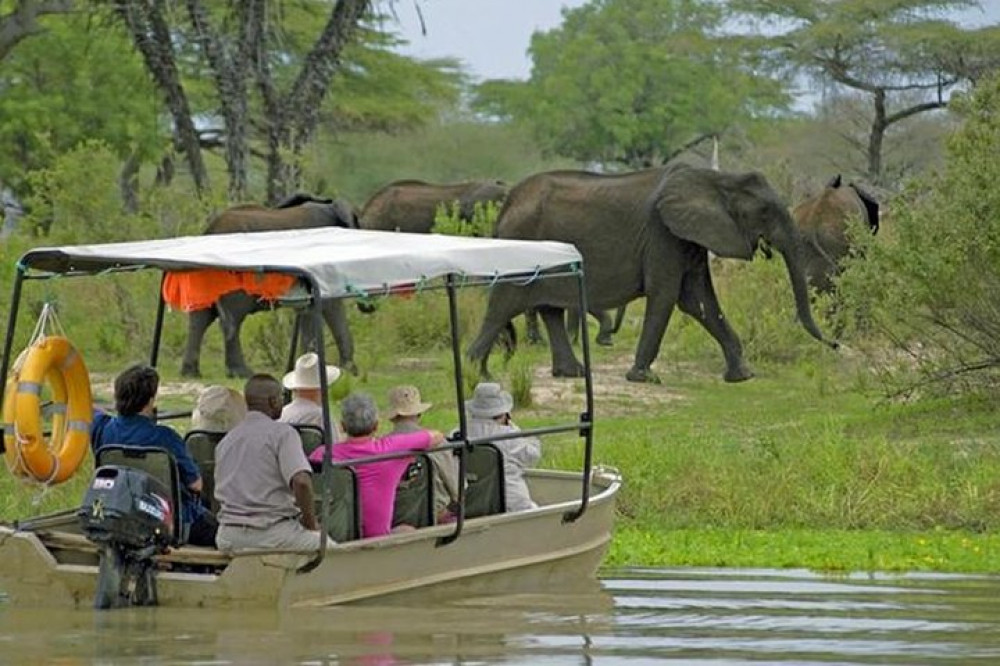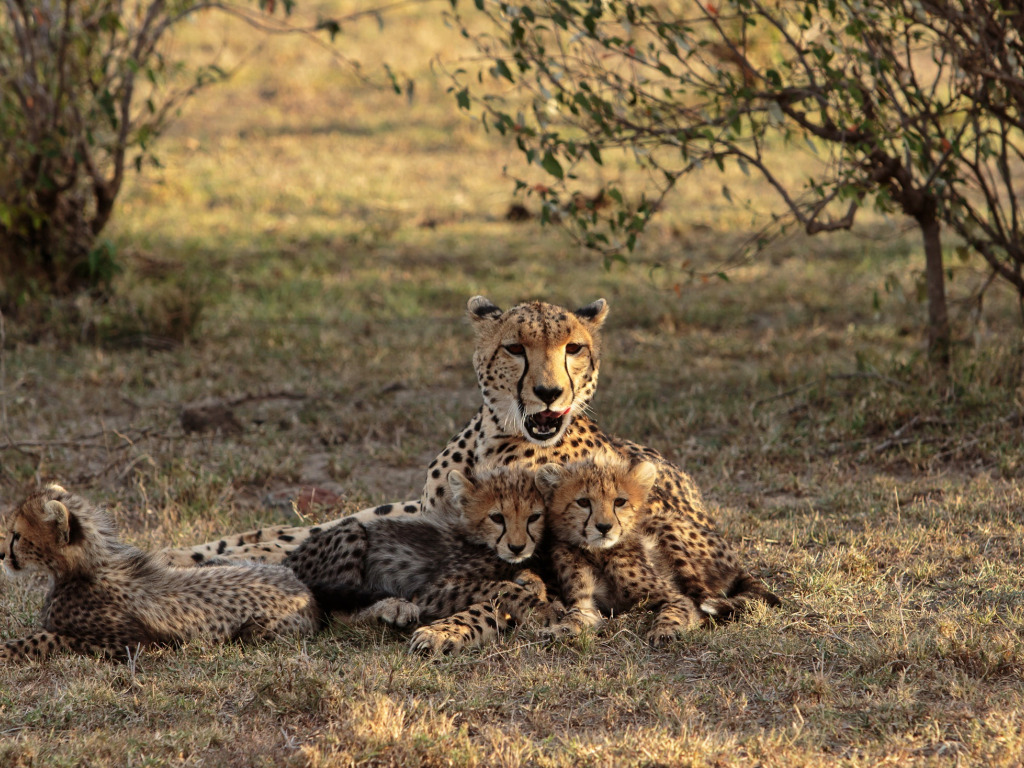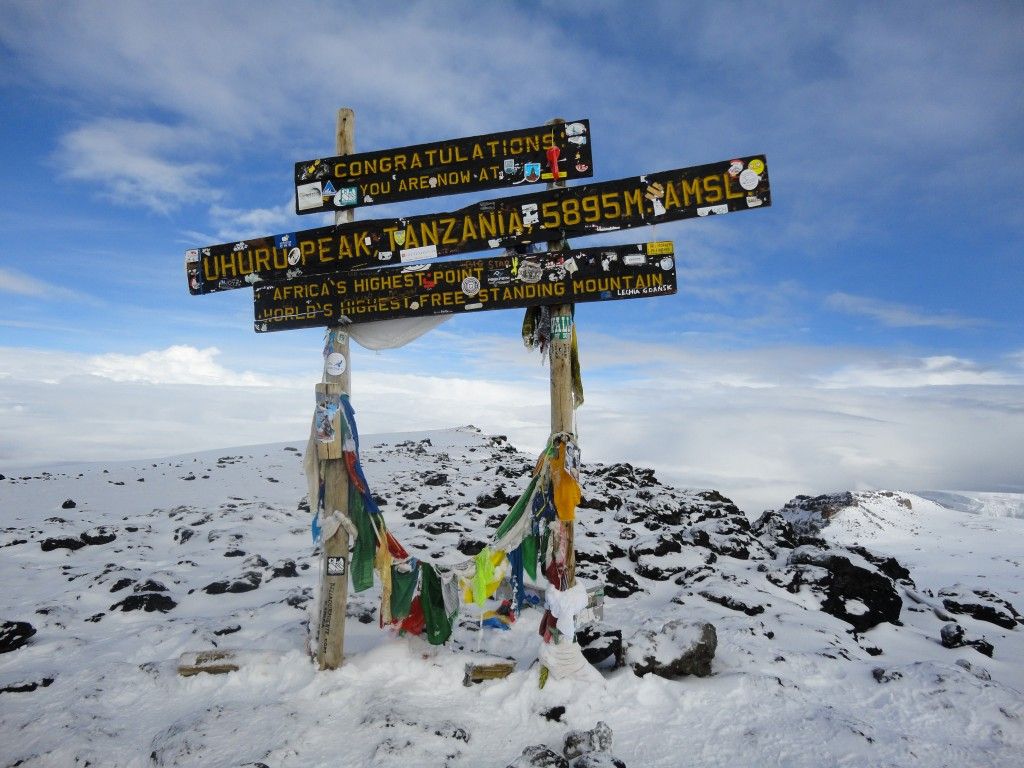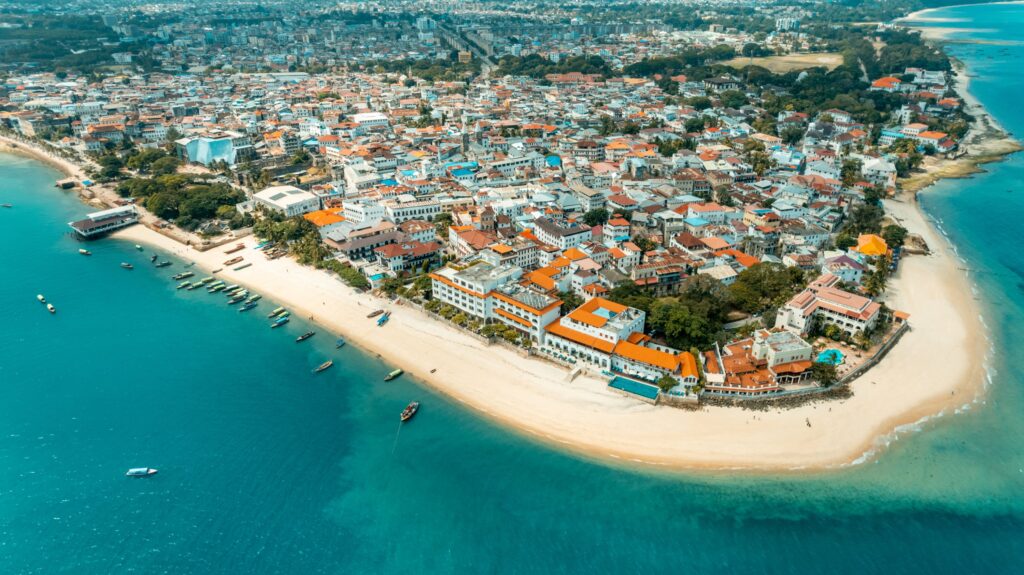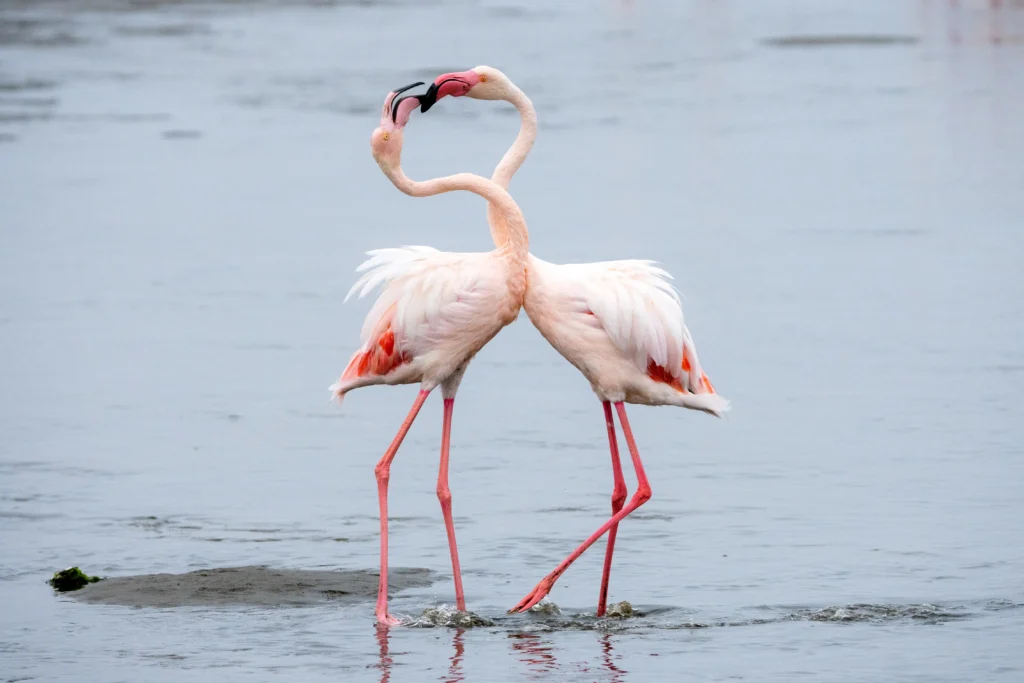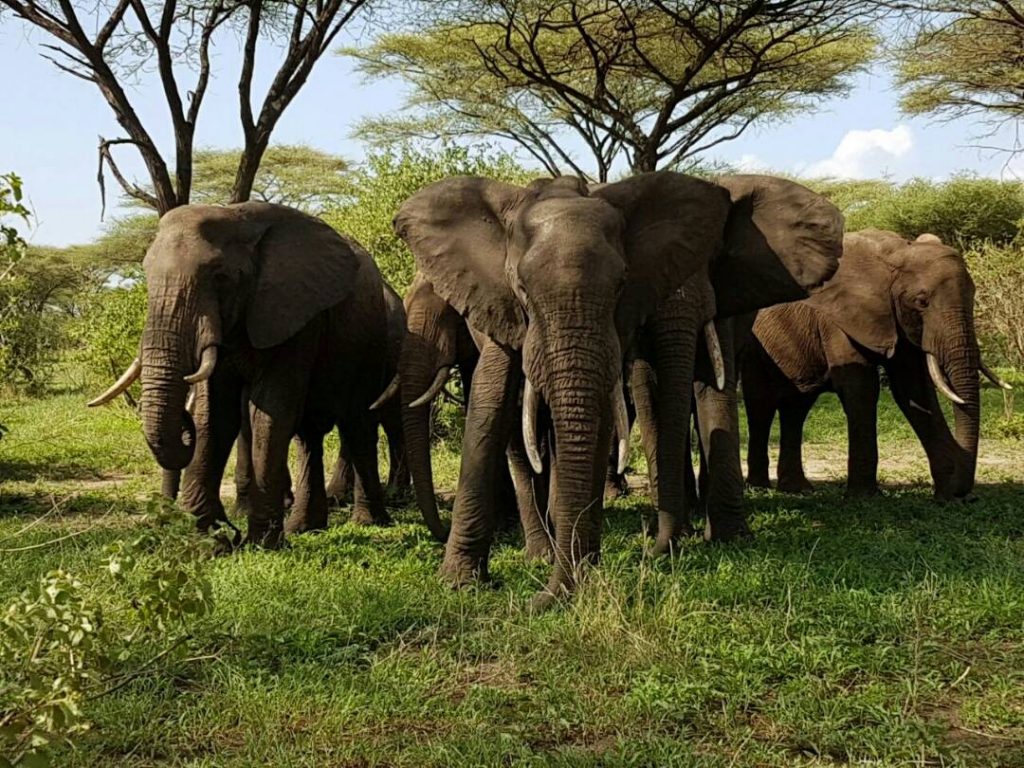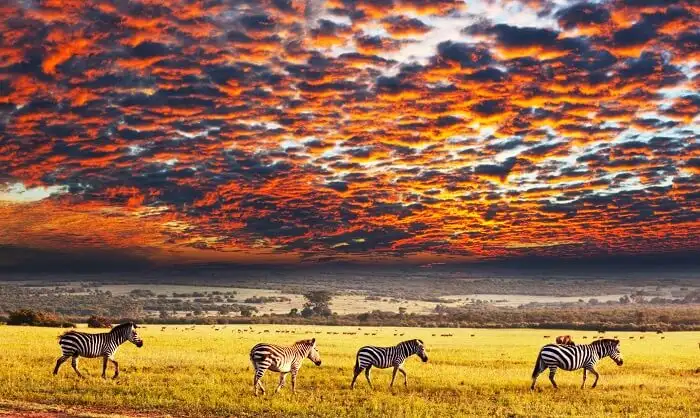Selous National Park
Selous Game Reserve, officially known as the Selous Game Reserve, is a vast and diverse protected area located in southern Tanzania. It is one of the largest game reserves in Africa and was designated as a UNESCO World Heritage Site in 1982 due to its ecological importance and unique biodiversity. Size and Location: Selous covers an enormous area of approximately 50,000 square kilometers (19,000 square miles), making it the largest game reserve in Africa and one of the largest in the world. It is situated in the southern part of Tanzania, spanning the regions of Lindi, Mtwara, and Ruvuma. Biodiversity: The reserve is renowned for its diverse ecosystems, including grassy plains, woodlands, swamps, and riverine forests. The Rufiji River, the largest river in East Africa, flows through the reserve, creating a network of channels, lakes, and swamps. Selous is home to a wide variety of wildlife, including large populations of elephants, black rhinoceroses, hippopotamuses, crocodiles, and various species of antelope. The park is also a critical habitat for numerous bird species. Wildlife Conservation: Selous is known for its efforts in wildlife conservation, particularly for its population of African elephants, which is one of the largest in the world. The reserve also serves as a refuge for endangered species such as the African wild dog and the black rhinoceros. Tourism: The reserve offers unique and exclusive safari experiences, attracting tourists interested in a more remote and less crowded safari destination compared to other popular parks in East Africa. Game drives, boat safaris along the Rufiji River, and walking safaris are popular activities for visitors seeking an immersive experience in the wilderness. Cultural and Historical Significance: The Selous Game Reserve is named after Frederick Selous, a British explorer, hunter, and conservationist who contributed significantly to the establishment of wildlife reserves in Africa. The reserve has historical and archaeological sites, including the remains of Stone Age settlements, providing insights into the region’s human history. Threats and Conservation Challenges: Despite its UNESCO World Heritage status, Selous has faced threats from poaching and habitat loss. Illegal hunting, particularly for ivory, has been a significant concern. Conservation organizations and the Tanzanian government have been working to address these challenges through anti-poaching efforts, community involvement, and sustainable tourism practices. Visiting Selous National Park provides an opportunity to witness the incredible biodiversity of the African continent in a remote and pristine environment. It also allows visitors to contribute to the ongoing conservation efforts aimed at preserving this unique ecosystem for future generations. Enjoy an Array of African Tour Experiences

